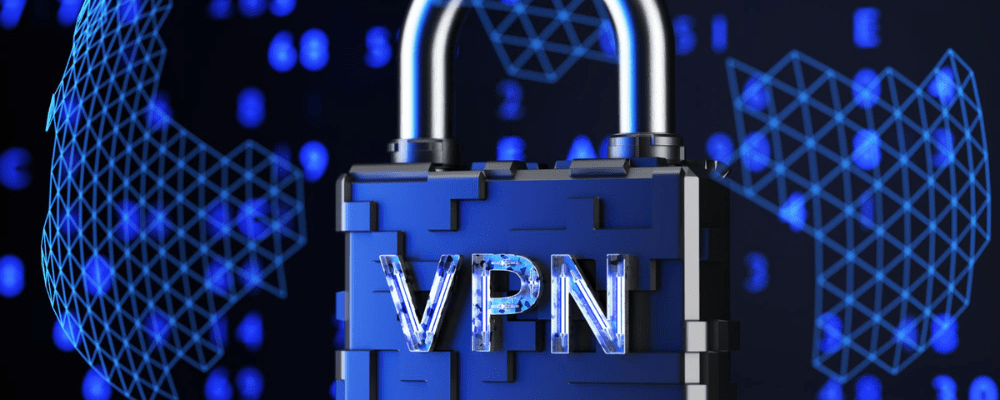In today’s ever-evolving digital landscape, cybersecurity is of paramount importance. For tech experts, staying ahead of the curve means understanding and harnessing advanced technologies, such as Virtual Private Networks (VPNs). This comprehensive guide will delve into the intricate details of VPNs, their technical underpinnings, and their critical role in securing online communications and data.
Understanding Virtual Private Networks (VPNs)
What Is a VPN?
In today’s digital age, where data is the lifeblood of the tech-savvy world, ensuring its security during transmission across public networks has become a paramount concern. It is where Virtual Private Networks (VPNs) come into play. A VPN is a sophisticated networking technology that acts as a fortress for your data, creating a secure and encrypted pathway over typically unsecured terrain, such as the Internet. Tech experts recognize VPNs as an indispensable tool for safeguarding sensitive information and enhancing online security.
VPN Protocols: The Technical Backbone
The core of any VPN’s security and functionality lies in its protocols. These protocols are the technical underpinnings that define how data is transmitted, encrypted, and authenticated across the VPN connection. Tech experts must deeply understand these protocols to decide which VPN service best suits their specific needs. Let’s take a closer look at some of the prominent VPN protocols:
- OpenVPN:
OpenVPN stands out as an open-source and highly configurable protocol. Its flexibility allows for robust encryption, and it is known for its compatibility across various platforms, making it a favored choice among tech experts. Its versatility adds to its ability to utilize TCP (Transmission Control Protocol) and UDP (User Datagram Protocol). - IPSec (Internet Protocol Security):
IPSec is a widely adopted protocol suite that operates at the network layer. It offers robust security through a combination of authentication and encryption methods. IPSec can be used in Transport Mode (end-to-end encryption) and Tunnel Mode (securing network communication). Understanding the nuances of IPSec is crucial for tech experts concerned with network-level security. - L2TP/IPSec (Layer 2 Tunneling Protocol / Internet Protocol Security):
L2TP is often paired with IPSec to create a comprehensive VPN protocol. L2TP by itself doesn’t provide encryption, but when combined with IPSec, it becomes a potent solution for securing data transmission. It’s commonly used for remote access VPNs and is particularly useful for tech experts who require secure connections for remote work or accessing corporate networks. - PPTP (Point-to-Point Tunneling Protocol):
While not as secure as other protocols, PPTP is still worth mentioning for its simplicity and compatibility with older systems. It’s less favored today due to its known vulnerabilities, but tech experts should know its existence and limitations.
Understanding these VPN protocols is akin to understanding the anatomy of a VPN. Tech experts can tailor their VPN solutions to their specific requirements by choosing the most suitable protocol. Factors such as the level of encryption, compatibility with devices and networks, and the desired balance between security and speed all come into play when making this decision.
Virtual Private Networks (VPNs) are the bedrock of online security for tech experts. They establish secure and encrypted connections over public networks, ensuring the confidentiality and integrity of data. The choice of VPN protocol is pivotal in determining the level of security and functionality of a VPN service. By comprehending these technical aspects, tech experts can confidently navigate the complex world of Virtual Private Networks (VPNs), knowing they have the tools to fortify their online presence and protect their valuable data.



